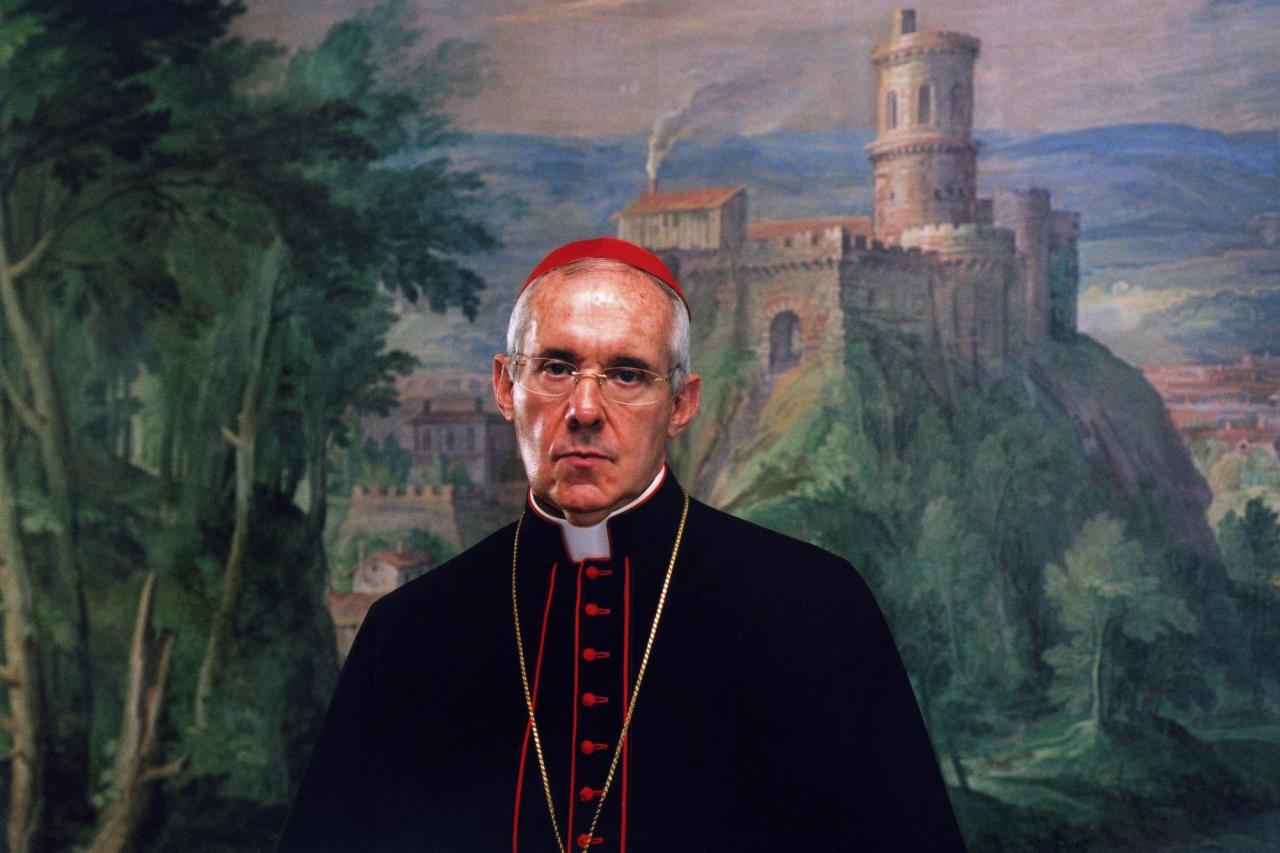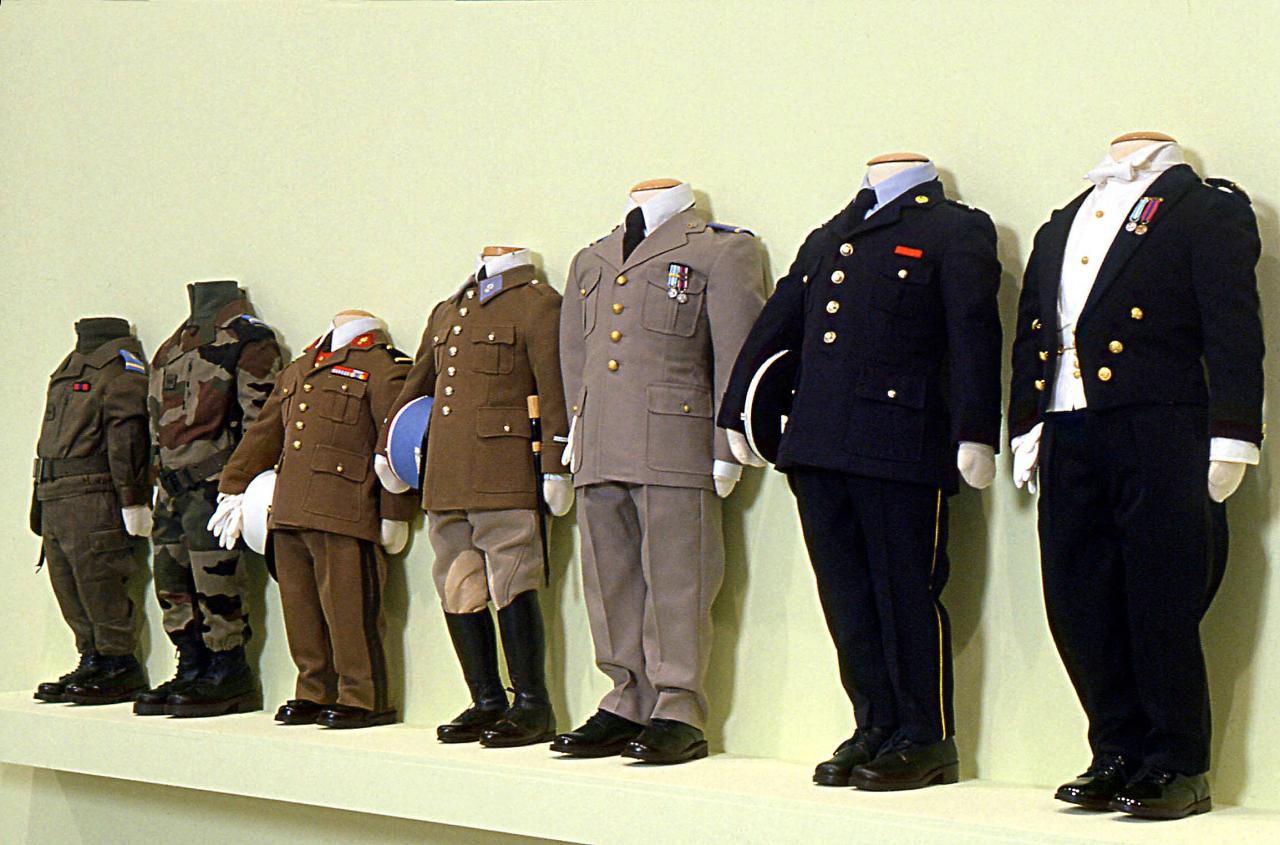Bernadette Genée & Alain Le Borgne
Born in 1949 and 1947
Live and work in Concarneau and Paris


For 15 years or so, our artistic approach has been based on encounters and exchanges with environments and worlds which are seemingly removed from the art world. We collect documents, objects, images, and reports which form our archival collections. The oeuvre stemming from this comparative research is built on these ensembles which are organized among themselves. Depending on the circumstance, it takes the form of artist’s books, publications, arrangements of objects, videos and images, etc., whose content leads to often unexpected representations of the world surrounding us.
After working in particular in the municipal archives at Emsdetten in Germany for an exhibition, then in the Foreign Legion Archives in Aubagne, we went through the Vatican’s secret archives to find a book titled Passegiatte Vaticane, and those of the Departemental Archives of Maine et Loire for a selection of documents on view at the university library in Angers in the exhibition Vaticane.
We also worked for three years in the Departemental Archives of the north in Lille for the publication of the books Archifolia and ADN, documents and exhibitions titled Archifolia.
The matter of archives lies at the heart of our research, informing our publications and works in various ways. We go to find people in their personal archives and, in a reverse movement, we go to find public archives in the people encountered.
We are especially interested in the use of documents and memory, directly linked with human activities, and, by way of slight shifts and new encounters, we try to come up with other readings of worlds observed.
“… Where Bernadette Genée and Alain Le Borgne are concerned, it is surprising that the connivance with regard to the worlds which they summon is duplicated by a similar trust with regard to the art world. There is no critical impulse affecting the way the artistic institution works, and there is no posture distancing its consensus: on the contrary, throughout the exhibition, we see a marked carefulness with regard to the circumstances of art taking place, and an assumed liking for the complexity and changeability of an activity grappling with the living contradictions of its social inclusion...
The challenge of the undertaking has to do with the fact that these two figures of the artist are claimed and assumed in simultaneity, while they seem subject to divergent and dependent demands of a diametrically opposed arrangement. On the one hand, the arrangement is the creator’s compromise with his content, in which the work is revealed as the common place which joins the artist and the non-artist in a living unity. A deep-seated empathy with regard to historiated objects, marked by a memory and an experience. The ability to listen and transmit to the spectator the stories which these objects convey. On the other hand, the arrangement involves a matter capable of being artistically treated, which is fulfilled in artistic representation showing the artist’s free creative principle....”
Jacques Sato, “L’artiste, le commissaire, et le rapsode, La conjuration du nihilism”—(excerpt).
In the catalogue Du général au particulier, Le Quartier, centre d’art contemporain de Quimper — 2002.
© Adagp, Paris